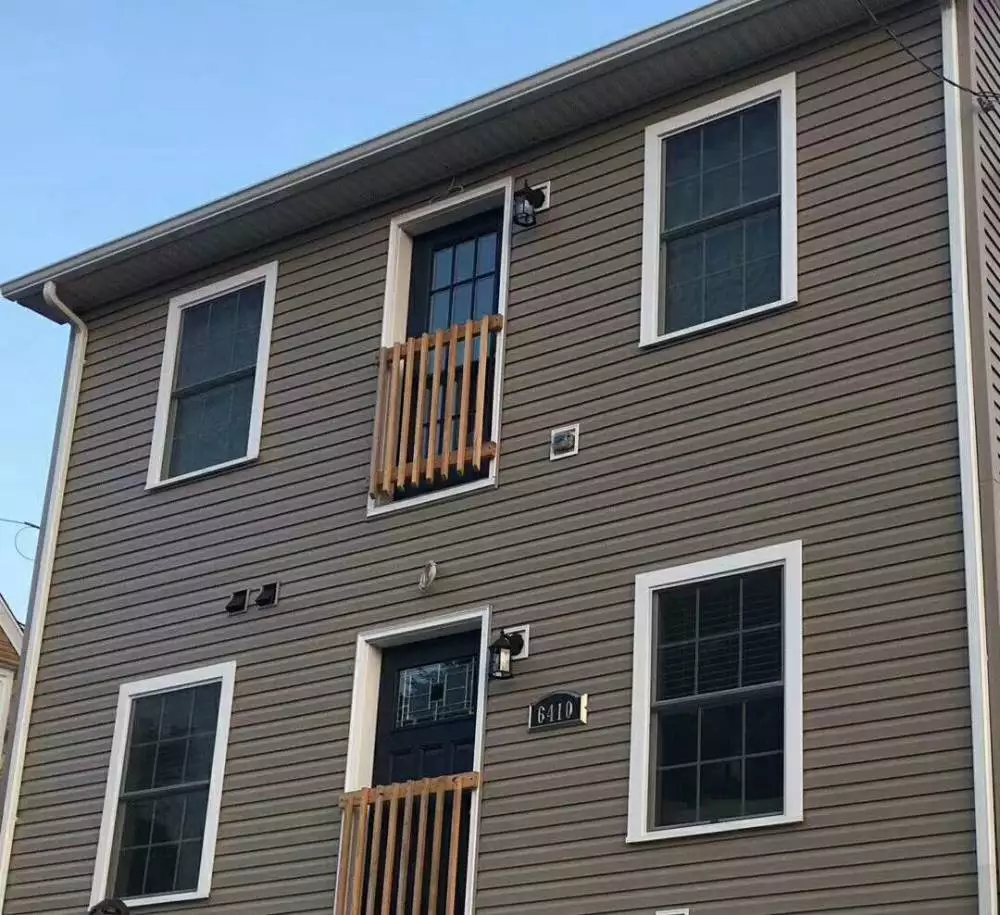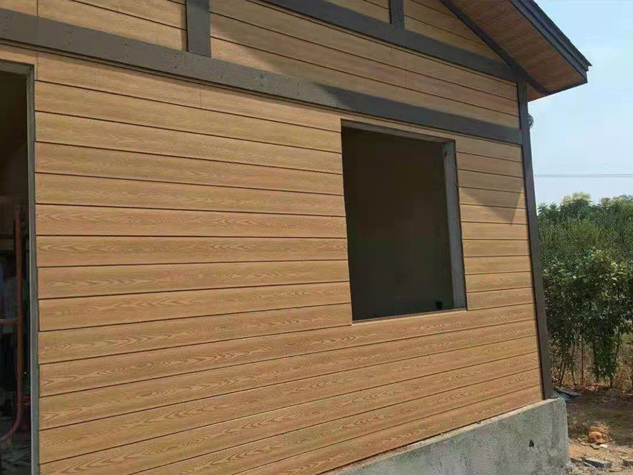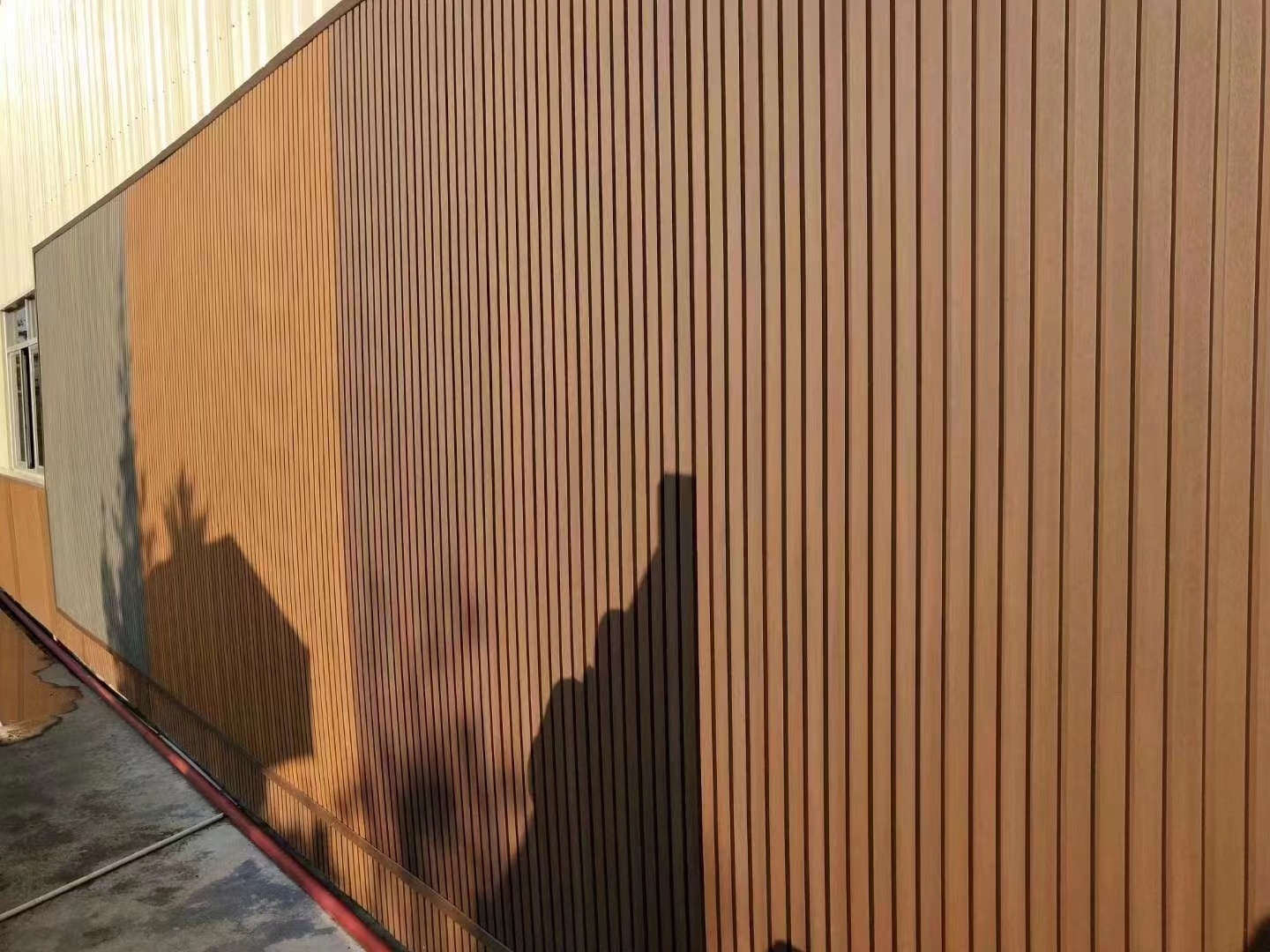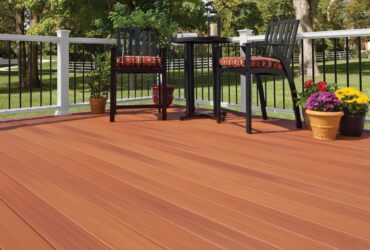The Development Direction of Plastic Wood Composite Materials
my country's wood-plastic composite material industry is an emerging industry that spans multiple fields. It has high technological content and distinctive industrial characteristics. It is now self-contained in the field of new materials. Because it does not rely on non-renewable resources, but is mainly made of raw materials that can be recycled in large quantities, its development speed has increased rapidly in recent years, and production technology has made great progress.

1. Co-extrusion technology is the mainstream method of molding processing
Single-material extrusion molding is still the mainstream molding and processing method for wood-plastic composite products, and is used to manufacture plates, profiles, pipes, etc.In recent years, we have learned from foreign experience and developed a co-extrusion process based on single material extrusion. There are two main types of co-extrusion products:One is to co-extrude a layer of functional material on the surface of plastic wood products in order to improve the surface strength of the product, enhance wear resistance, and resist ultraviolet rays. This is the surface co-extrusion technology of plastic wood profiles;The other is a co-extrusion technology that uses steel or aluminum profiles, bamboo boards, etc. as core materials and covers them with a layer of plastic-wood composite materials in order to enhance the overall strength of plastic-wood products.
Wood-plastic co-extrusion products not only improve the performance of the products, but also expand application areas and product types, promoting the diversification of plastic-wood products. This has led to a new development in plastic wood extrusion molding technology. This technology is currently in the preliminary stage of development in China, and some companies' products have been sold abroad, forming an important development direction for the plastic wood industry.

2. Micro-foaming technology continues to improve
In recent years, plastic wood micro-foaming technology has also made great progress, especially for PVC-based manufacturers.In order to meet product performance requirements, it is necessary to develop new processing techniques, introduce foaming process technology, reduce material costs, and expand the scope of use of WPC.Although wood-plastic composite materials have many advantages, their biggest disadvantage is their high density, which limits their application scope.
In order to reduce the density of plastic-wood composite materials without reducing the physical and mechanical properties of the composite materials, lightweight and high-strength requirements have been put forward for plastic-wood composite materials.After foaming, the plastic wood composite material not only reduces the density,Moreover, some of its physical and mechanical properties have been improved, allowing it to be used as cushioning, thermal insulation and insulation materials for lightweight and high-strength components, sports equipment, packaging, and the construction industry.

3. Molding technology tends to be differentiated
my country's wood-plastic composite materials all started with the extrusion molding process. After years of development, products have become homogeneous, resulting in fierce price competition and affecting the healthy development of the industry. In fact, wood-plastic composite materials can be understood as modified plastics using biomass fibers as modifiers, so other plastic molding methods can be used. Different types of products can be manufactured using different molding processes. For example, the injection molding process can produce various three-dimensional shaped products such as vehicle parts, toys, and daily necessities. At present, some domestic companies have begun to develop in the direction of differentiation of plastic wood products.

4. Application of surface modification technology
In order to improve the usability and surface aesthetics of plastic-wood composite products, post-treatment of the surface of plastic-wood products is also indispensable. At present, surface post-treatment technologies mainly include: belt sanding, embossing, water transfer and thermal transfer, UV printing and solid wood veneer composite, etc. These technologies have been successfully applied to the surface post-treatment of plastic-wood composite materials, greatly improving their aesthetics and added value.

